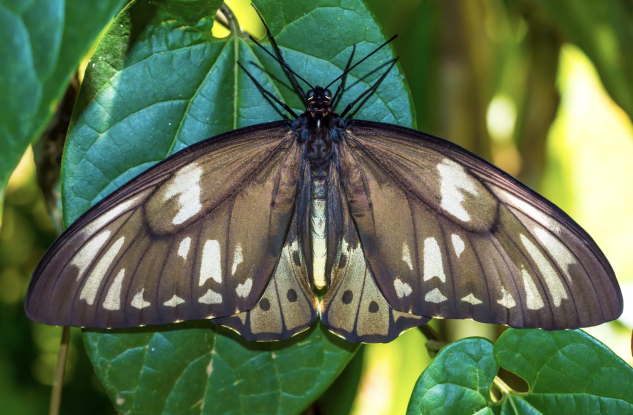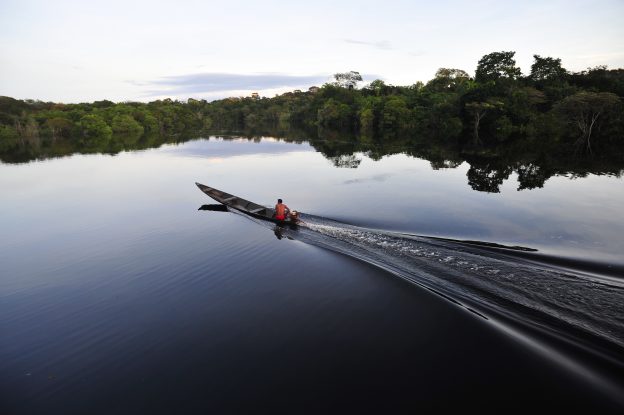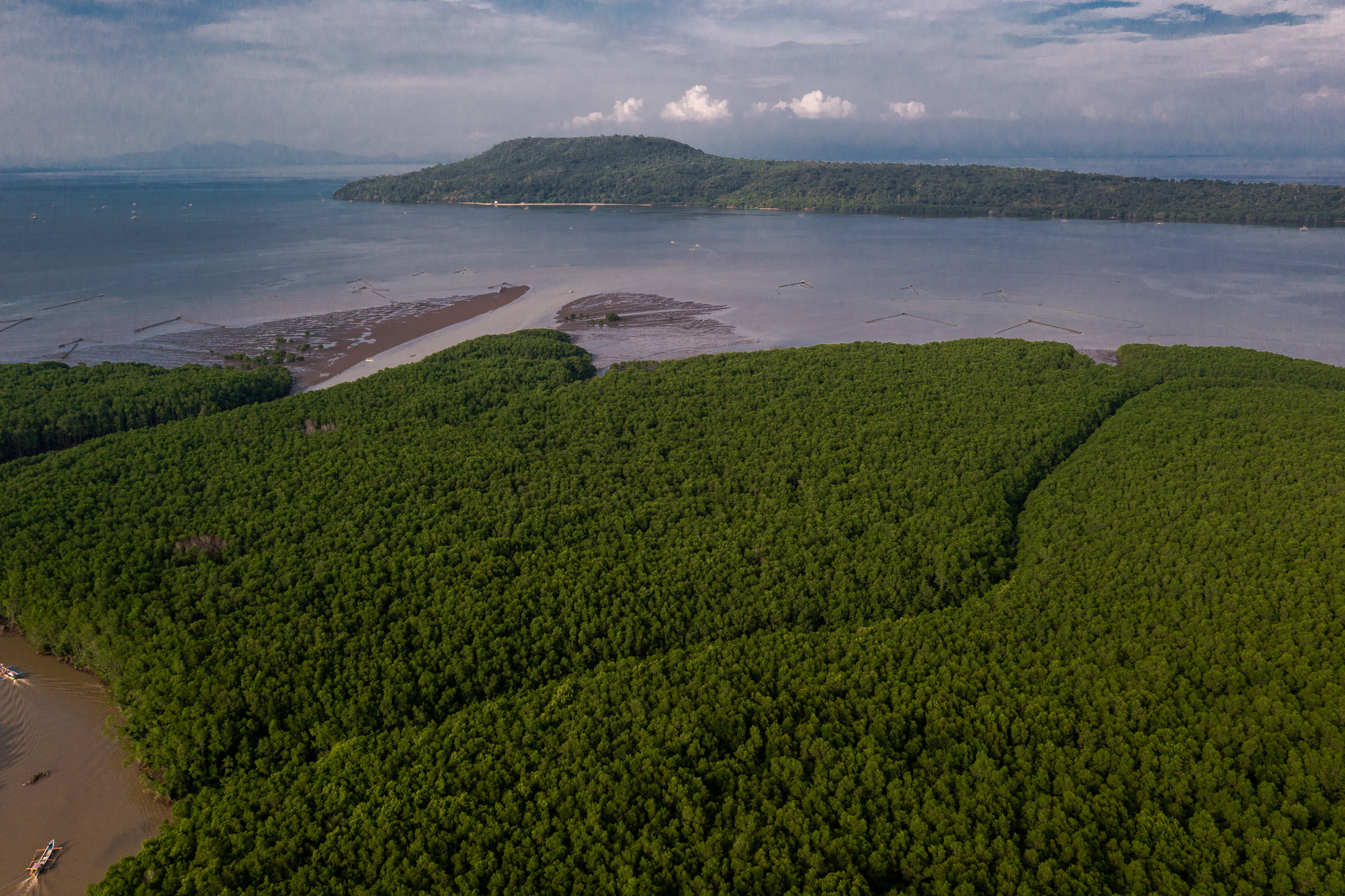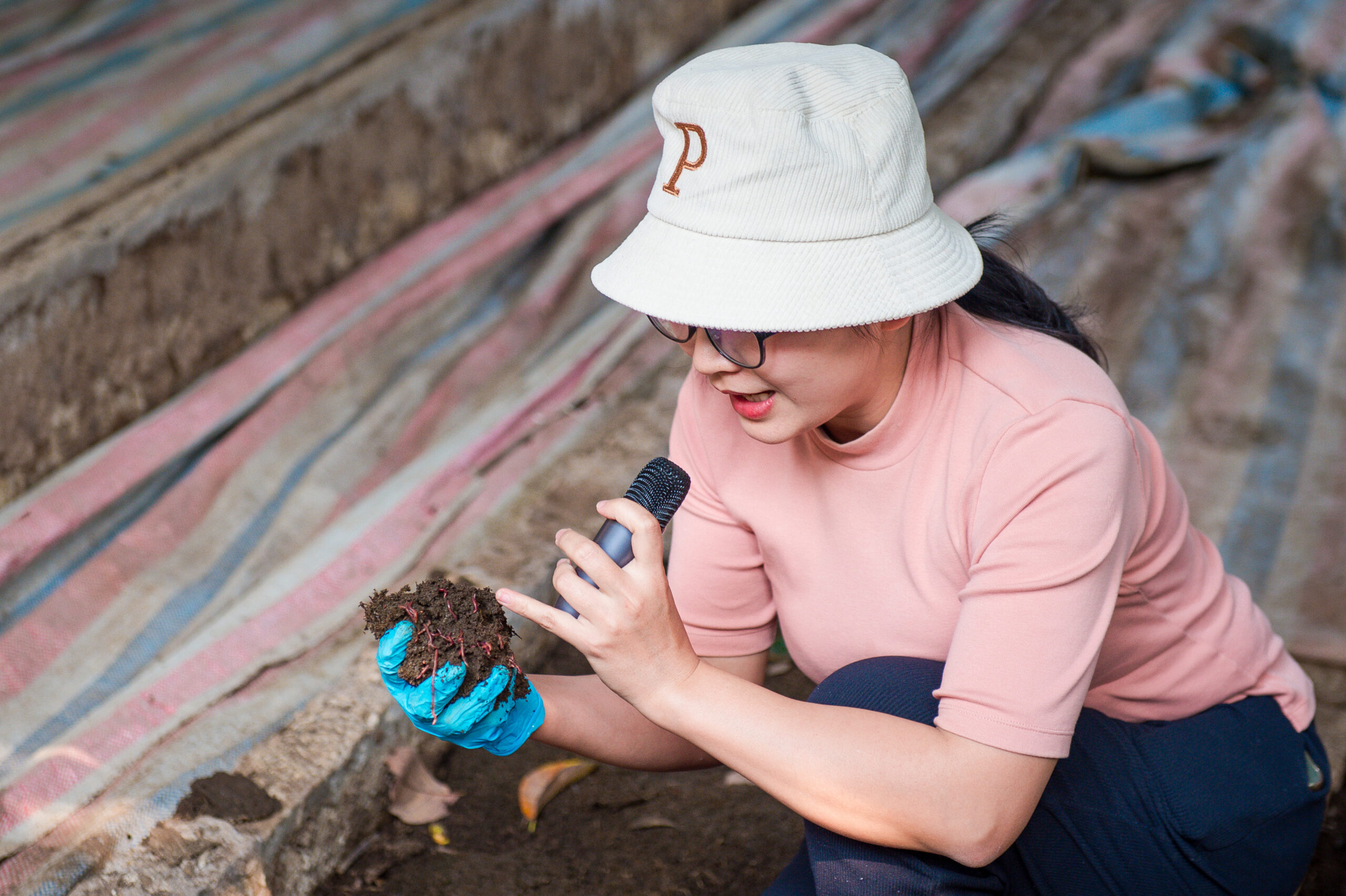*This is the first in a two-part series exploring the importance of tropical dry forests.
In global conservation debates, tropical dry forests (TDFs) often remainin the shadows, eclipsed by the lush mystique of their rainforest counterparts. Yet these vast, resilient and profoundly important ecosystems form an unseen foundation for both global biodiversity and the survival of hundreds of millions of people.
Accounting for nearly half of all tropical and subtropical forests, they are not simply a drier variant of rainforests but a distinct biome defined by an ecology of extremes and a deep, symbiotic relationship with human communities. Understanding their true value is the first step toward preventing a silent, accelerating collapse.
An ecology of extremes
The defining characteristic of a tropical dry forest is not a lack of life, but a life lived in rhythm with profound seasonality. These biomes are found in regions with a severe dry season lasting from three to eight months, withannual rainfallrangingfrom 250 to 2,000 mm. This climatic pattern shapes a global footprint that spans immense areas of Latin America, Africa and Asia, from South America’s Gran Chaco and the Miombo woodlands of Africa to the deciduous forests of India and Southeast Asia.
Life here has evolved remarkable adaptations to endure prolonged drought. The most visible is deciduousness, the seasonal shedding of leaves to conserve water, which transforms the forest from a verdant canopy to a seemingly barren landscape. Below the surface, plants have developed swollen roots and stems to store water, while their leaves often possess a waxy cuticle to slow evaporation. Animals display equally ingenious strategies; many insects and amphibians enter a state of estivation, burrowing into damp mud to wait for the rains, while mobile species like monkeys and birds retreat to the wetter refugia of year-round stream beds. The arrival of the rains sets this entire ecological clock, a cue that synchronises everything from the mass emergence of insects to the flowering of trees, creating a pulse of life that sustains the whole ecosystem.

This resilience fosters a surprising level of biodiversity and, crucially, high levels of endemism. While species richness may be lower than in rainforests, TDFs are critical habitats for a host of endangered megafauna, including jaguars, lemurs, giraffes, pygmy skunks and Komodo dragons. More importantly, they are hotspots of unique life forms found nowhere else. A comprehensive study of TDFs in the Americas revealed nearly 7,000 species of trees and shrubs, with endemism rates reaching a staggering 73% in the dry forests of Mexico. The destruction of these forests is therefore not just a loss of trees, but the permanent extinction of a unique evolutionary heritage.
Yet the very adaptations that allow these ecosystems to thrive in a predictably harsh climate have become vulnerabilities in the face of anthropogenic change. Their finely tuned mechanisms, from leaf drop to synchronised flowering, depend on reliable seasonal cues. Climate change is disrupting these signals, bringing erratic rainfall and longer, harsher dry seasons. Food webs unravel, and an ecosystem built for resilience against drought is left dangerously exposed to climatic chaos.
Aerial view of Miombo woodlands in Nyimba District, Zambia.
The human–forest nexus: A lifeline for millions
The ecological significance of TDFs is matched by their importance to human well-being. Hundreds of millions of people, often among the world’s most impoverished communities, depend directly on these forests. For many, they are the sole buffer between subsistence and destitution.
TDFs function as natural providers, supplying essential goods that sustain households and local economies:
Food security: In regions where agriculture is precarious, TDFs offer reliable nutrition. Wild fruits, nuts, vegetables, edible insects and bushmeat supplement diets and provide a safety net during crop failure.
Energy: For 2.4 billion people in less developed countries, fuelwood is the main source of cooking fuel. In many sub-Saharan dry forest regions, woodfuel accounts for up to 75 per cent of all energy consumed.
Income: Non-timber forest products such as honey, beeswax, medicinal plants, gums and resins provide income opportunities. In Burkina Faso, shea butter from dry forests is the country’s third most important export, while in Ethiopia, gums and resins are second only to livestock in rural economies.
But reliance can turn destructive. Without secure land tenure, alternative livelihoods or supportive governance, survival needs can drive overharvesting and degradation. Poverty then fuels forest loss, which deepens poverty in return, creating a vicious cycle.
Ecosystem services in a water-limited world
Beyond direct products, TDFs provide ecosystem services that sustain wider landscapes. They regulate water cycles, pollinate crops, recycle nutrients and improve soils, directly supporting surrounding agriculture. The Miombo woodlands alone are estimated to underpin the livelihoods of more than 100 million people.
TDFs also play an overlooked role in the global carbon cycle. While they store less carbon per hectare than humid forests, their vast extent makes them major carbon reservoirs. Yet inventories remain incomplete and often outdated, masking their true mitigation potential. As CIFOR-ICRAF has highlighted, methodologies developed for rainforests are not adequate for capturing the dynamic carbon fluxes of seasonally dry forests.
By sustaining agriculture, livelihoods and climate regulation, TDFs build resilience for communities living on the edge of climate vulnerability. Their degradation is therefore not just an environmental issue but a direct assault on human adaptive capacity.
> Read Part 2 of this series, which examines the drivers of degradation threatening tropical dry forests.















